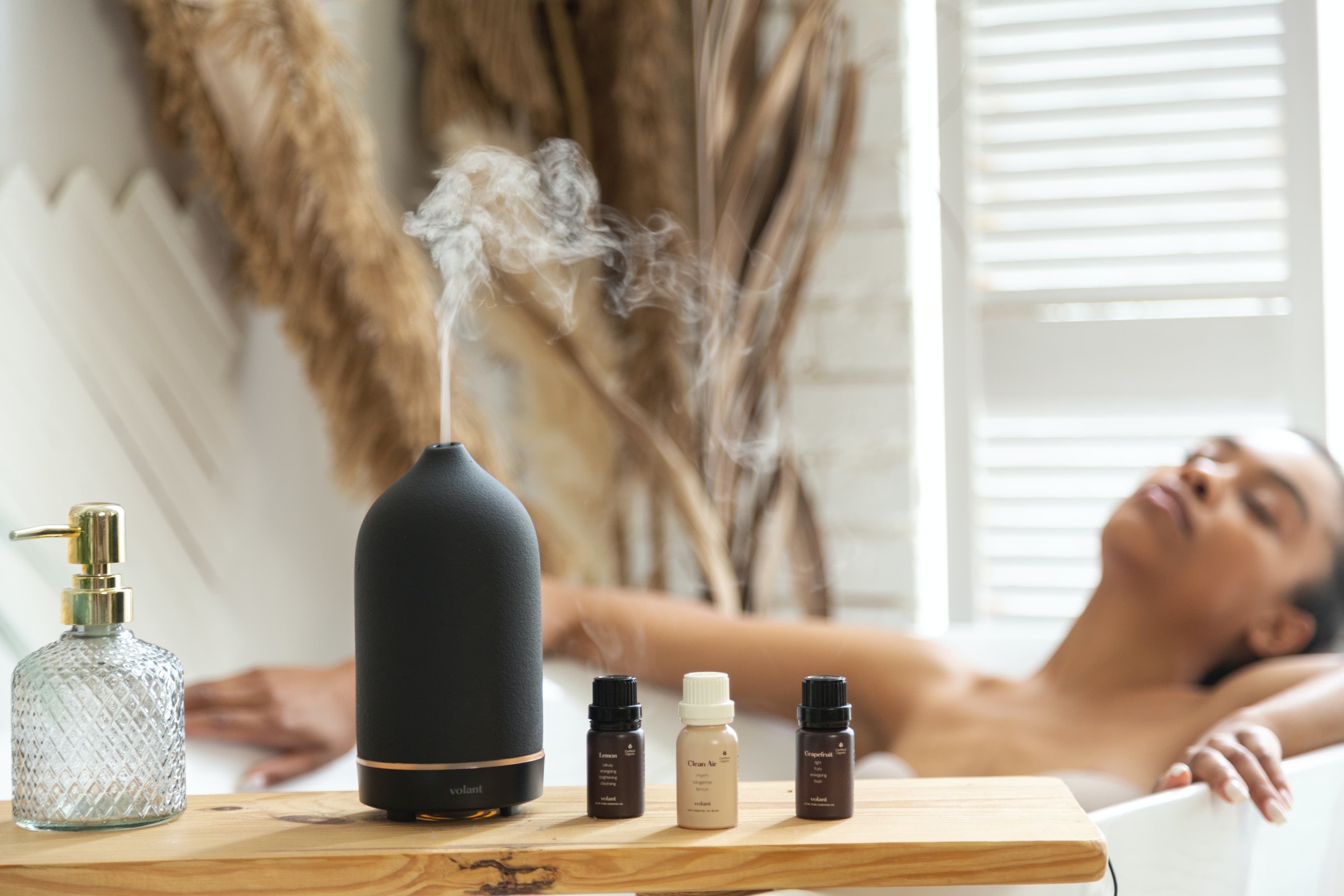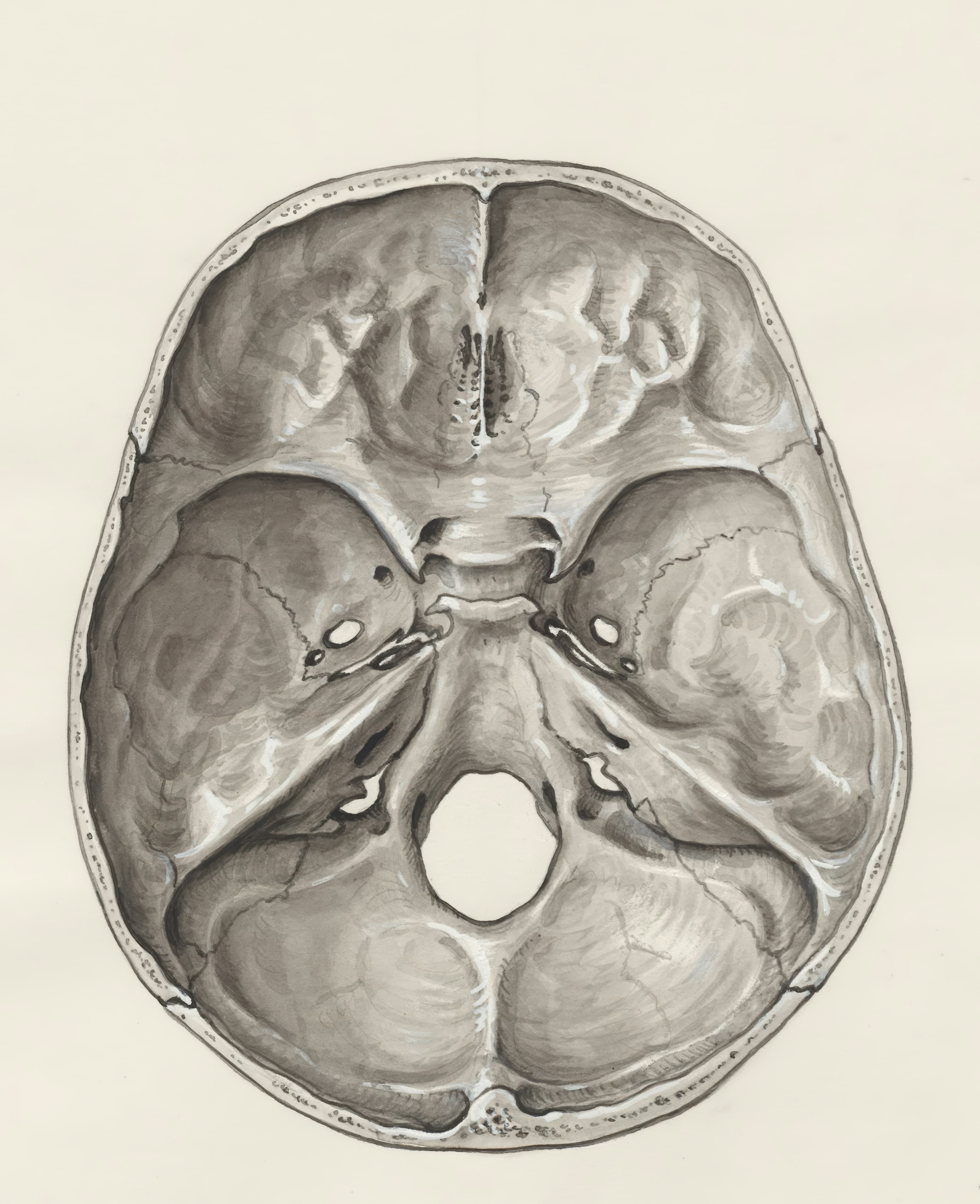Aromatherapy is a holistic healing modality that utilizes essential oils extracted from aromatic plants to improve physical, emotional, and spiritual well-being. Although the foundations of aromatherapy date back thousands of years, it gained prominence in the modern era as a recognized complementary therapy.
What is Aromatherapy? A Historical and Modern Overview
The Science Behind Aromatherapy: How It Works
Aromatherapy operates through several mechanisms that involve the olfactory system, respiratory system, and the body's response to the chemical constituents of essential oils. When inhaled or applied to the skin, these oils can elicit physiological changes and positively impact mood and emotions.
Exploring Aromatherapy Tools and Techniques
Various tools and techniques are employed in aromatherapy to fully harness the benefits of essential oils. Two primary methods of aromatherapy application include diffusers and massage.
Aromatherapy Diffusers: Types and Uses
Diffusers are devices that disperse essential oils into the air, allowing inhalation. Types of diffusers include nebulizing diffusers, ultrasonic diffusers, and evaporative diffusers. Each type offers unique advantages and is suitable for different settings and preferences.
The Art of Aromatherapy Massage: Techniques and Benefits
Aromatherapy massage combines the benefits of touch and inhalation. Therapists use specific techniques to apply diluted essential oils directly to the skin, promoting relaxation, reducing muscle tension, and soothing the nervous system.
The Power of Aromatherapy Oils
Essential oils are the heart and soul of aromatherapy. Here, we explore popular essential oils and their therapeutic benefits, as well as the importance of choosing high-quality oils and the different methods of oil extraction.
Popular Essential Oils and Their Therapeutic Benefits
Lavender oil, known for its calming properties, helps reduce stress and promote better sleep. Tea tree oil possesses antimicrobial properties and is valued for its use in skincare and immune support. Peppermint oil is often used to alleviate headaches and improve concentration. These are just a few examples of the many essential oils available and their respective therapeutic benefits.
Blending Oils: Creating Synergistic Effects
Blending essential oils allows the creation of unique and customized blends that enhance their individual properties. Understanding the principles of oil blending, including top, middle, and base notes, can help achieve harmonious synergies and desired therapeutic effects.
Enhancing Ambience with Aromatherapy Candles
Aromatherapy candles provide an alternative way to immerse oneself in the benefits of essential oils. These candles are infused with specific oils, releasing their fragrances and therapeutic properties as they burn, creating a soothing and aromatic environment.
Safety and Best Practices in Aromatherapy
Understanding safety guidelines and best practices is crucial when using essential oils. Diluting oils before use, conducting patch tests, and consulting with a qualified aromatherapist are some steps to ensure the safe and effective integration of aromatherapy into daily life.





